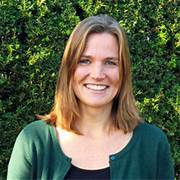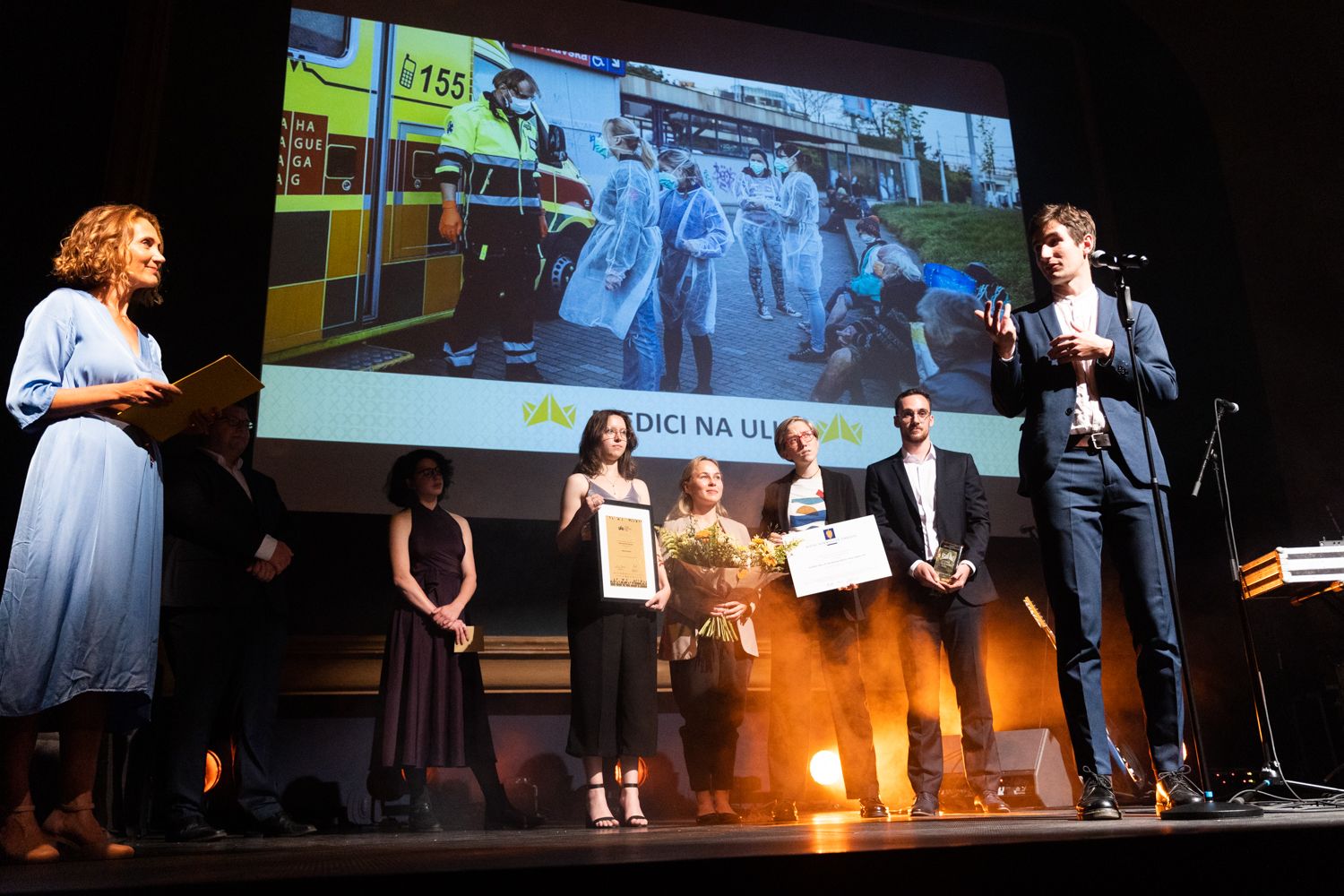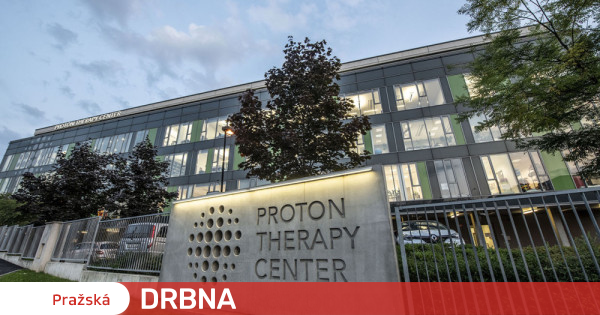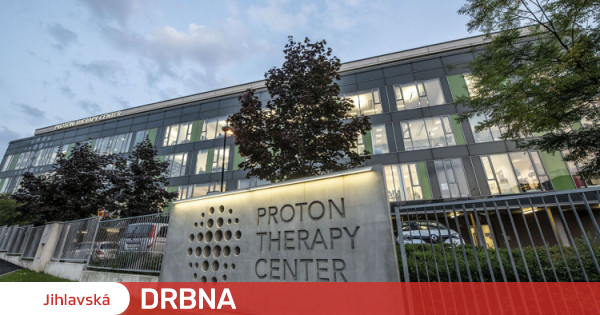Treatment of bedsores and ulcers, but mostly using a human approach. Volunteers from the Medici on the Street association have been helping homeless people since 2015. Initially it was an initiative of four students from Prague, and five years later it became a full-fledged partner of social services. For their efforts, the students received the Gratias Tibi award, namely the People in Need award for young people who are fighting for change in society.
Twenty-five-year-old student Vojtěch Král joined the medics on the streets two years ago. Providing medical assistance to homeless people on the street sounds like an adventure. I only discovered the true value of our help after a certain period of time,” he said.
Her classmate, twenty-three-year-old Alžběta Slámová, saw another opportunity to draw attention to the problem. “Health services have gaps and we want to capture people who may be experiencing this. The social impact of our work is also important, often overlooked in faculties,” he said.
Medical workers manage to treat around four thousand people every year. They most commonly treat foot ulcers, wounds and inflammation that are neglected by homeless people. They tend to fear doctors and believe that without documentation or insurance they are not entitled to care.
Can students stay safe while working on the road?
Vojtěch Král: The basis is attention to hygienic conditions with maximum emphasis on the health of the caregiver. On the social side, I don’t remember us having any issues with client behavior. Even though we often encounter people who are under the influence of addictive substances.
We have thought about the risks when forming a volunteer team. When our medic finds himself in an uncomfortable situation, he always has a more experienced colleague who can help him. Additionally, we meet clients in publicly accessible places, where volunteers can go at any time.
But it is true that homeless people are haunted by eternal restlessness, perhaps because they can never rest. When many people need treatment, some become impatient and even aggressive. In these cases, we always resolve the situation ourselves or someone from another client defends us.
Is it difficult to maintain an empathetic approach in such cases?
Alžběta Slámová: It’s challenging, but it gets easier with practice. Street medics don’t just mean helping the homeless. This is also an important lesson for the students themselves. We learn how to understand people who are in very different situations than us. Not only are they struggling with life on the streets, the complex health service system is also an obstacle for them.
Specifically in what way?
VK: There are many homeless people from abroad in the Czech Republic. They are undocumented and access to the health care system is difficult for them, and many of them also believe that they have no right to receive treatment.
Going to the hospital is also complicated for them because they have to come at a specified time. In addition, they often do not trust doctors.
Is there any way to change it?
AS: I’m sure so, but it’s going to be a tough journey. This should start with learning more about homelessness already in the faculty. It is important for health professionals to know how to approach homeless people who come to the operating room. A homeless person has quite specific needs as a patient, both communication and care planning. And you have to fight it.
VK: There is a lot to improve in the trust between homeless people and health professionals. But the solution must start with keeping people off the streets. However, this is beyond our competence.
What do you do when you encounter a problem in the field that you can’t solve right away?
VK: That happens a lot. We are students and do not have the competence of doctors, but we collaborate with a number of institutions, such as the Ordinance for the Homeless in the Salvation Army or the Society of Hope, to which we can refer clients. We also collaborate with organizations that participate in social work and help people take to the streets.
Initially, students obtained nursing materials from used car first aid kits or charity donations. You currently have several sponsors and partner organizations. Are you also paid for your work?
AS: No, we still work for free. Most of the donations we receive are used for hospital materials and operations. For medics, we buy the maximum number of backpacks or nursing fanny packs needed for work, and fresh drinks once a year at the initial appointment.
How many medics do you have on your team?
AS: 250 people were actively involved in the entire project. Individual branches, located in all university cities with medical faculties, were always led by groups of more experienced students of about five to ten members.
Have you ever thought that a student mentally cannot stop working on the street?
VK: I can’t think of anything, but I’m sure it could happen. Especially for beginners. Sometimes we wonder what kind of health defects a person has. I can think of a case when I worked night shift in Libno. We met a man wearing a dirty scarf on his head and asked for our help. He tried to cover the large abscess with a cloth, which released a lot of pus. Situations like these can shock and shock young medics. That’s also why we provide a space to provide feedback and talk about things students have to deal with during on-the-road training.
Do you have students from other faculties among you?
VK: Not yet. However, we collaborate with organizations that provide assistance in the social sector. The percentage of people with mental disorders on the streets is much higher than the general population.
Have you ever faced prejudice from society because of your initiative?
AS: We hear arguments about why we help people who don’t deserve it. We don’t do it because they deserve it. It’s about their needs and their responses. The Mythbusters project was created because of the statement that homeless people did not deserve care. On social networks, we try to dispel misconceptions about homelessness and show what to pay attention to. For example, the assumption that homeless people are to blame for the situation they find themselves in.
Video: There are far worse things than penicillin that could happen to us, a pharmacist warns (22/08/2023)
Aktuálně.cz Highlights – Stanislav Havlíček | Video: Jakub Zuzanek

“Certified bacon geek. Evil social media fanatic. Music practitioner. Communicator.”







